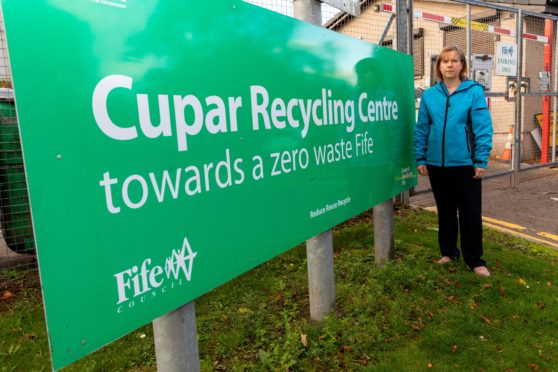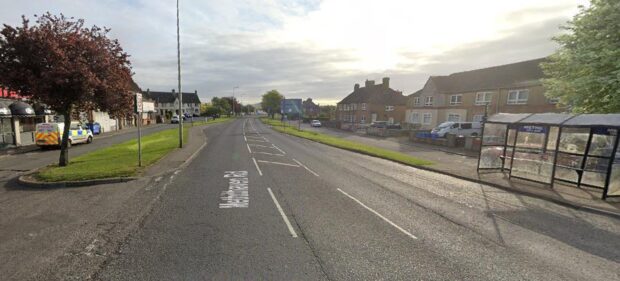Any confusion over controversial plans to prevent people from walking into Fife’s household recycling centres appears to have been cleared up.
Liberal Democrat councillors had slammed the proposed ban on pedestrian access, which is due to come into force from January 1, pointing out that contradictory reasons had been given for its introduction and noting there were inconsistent suggestions that there might be some leeway.
However. in response to those concerns, Councillor Ross Vettraino, convener of Fife’s environment, protective services and community safety committee, has stressed that the ban will be enforced – calling it “an important element” of the council’s attempts to prevent illegal use of the sites for the disposal of commercial waste.
The prohibition of walk-ons to the sites from January was one of several measures aimed at curbing illegal use of the sites by commercial operators, which is currently costing taxpayers more than £1.5 million per year.
Cupar councillor Margaret Kennedy had hoped there might be a rethink, suggesting a clearer approach working with local residents might avoid “squandering the goodwill of our communities”.
“In the first place it was claimed that walk-ons had to be banned to ensure that commercial customers did not slip in without paying, posing as householders, and on the second, to address the safety issues caused by the topography of a particular recycling centre in another part of Fife which does not pertain either to St Andrews or Cupar,” she said.
“However it has been suggested to me that at the Cupar site people walking to the centre could hand over their recyclables at the gate, rather than mixing with the car drivers (on foot!) inside, or that maybe production of a utility bill will be sufficient to prove one is a householder.
“It has even been hinted that the officers at the site will use their experience and commonsense to distinguish a bona fide householder from a commercial customer trying to evade the proper fee.”
St Andrews member Jane Ann Liston agreed, highlighting the fact that the St Andrews centre is actually in a residential area where people regularly arrive on foot – with its opening prompting the removal of bins at an adjacent supermarket.
Nevertheless, Mr Vettraino said the rationale behind restricting pedestrian access was indeed two-fold and in particular aimed to minimise the potential for accidents.
“In response to concerns, which have been expressed, I would say that the policy doesn’t prevent presentation of recyclables by pedestrians,” he said.
“For example, in the case of Cupar, there are two supermarkets which host the full range of recycling bins and which support the concept of ‘town centre’ living, while preserving the ability to participate in the council’s recycling services.
“The policy won’t increase car use, because those who walk or cycle to Coal Road (Cupar) will walk or cycle to the supermarkets.
“Whereas I can see no case, at the moment, for asking the committee to reconsider the policy, it is the case that the committee will closely scrutinise its implementation with a view to making any adjustments that are necessary and practicable. “










